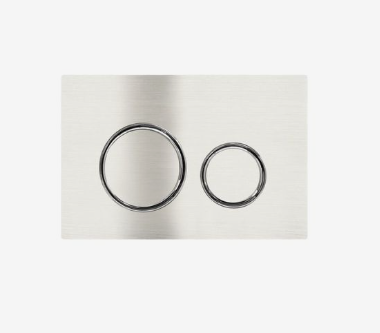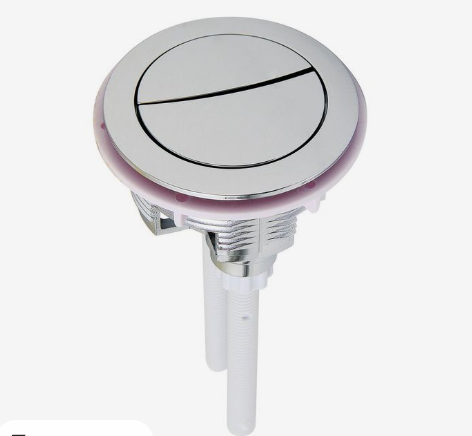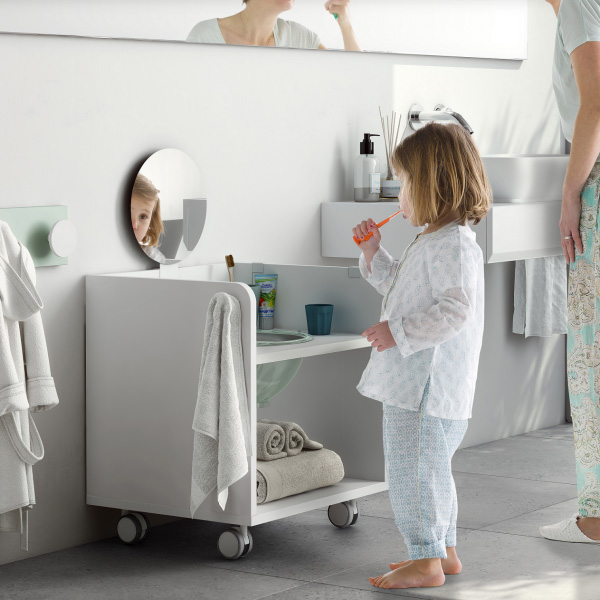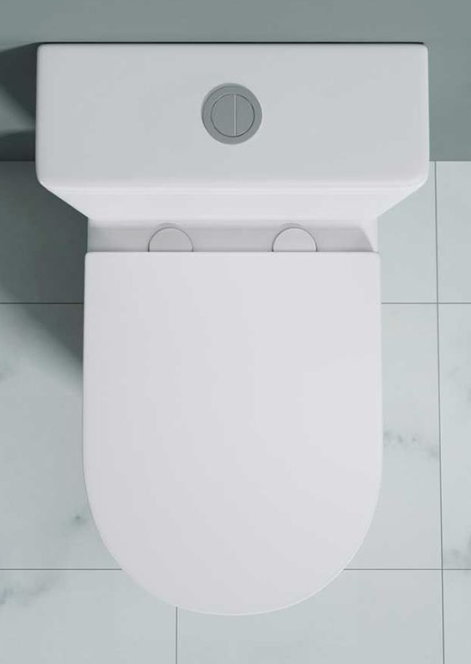To know more about dual flush
We live in a time where we need to adopt a conscious, sustainable lifestyle and integrate it into our lives. As the effects of global warming become increasingly severe and the supply of natural resources is already strained, turning to environmentally friendly practices is one way people can do the least they can to save the planet.
But wait, what does all this have to do with anything?
The answer is, if you want to do a little bit to conserve water yourself, installing a dual flusher is a small but important step in reducing water waste.
Let’s understand what it is and how it works.
What is dual flush?
A dual flush toilet is a flush toilet that has two buttons and uses a handle mechanism to flush different amounts of water.
It is understood that dual flush technology was invented by Australians who are in a leading position in the development of this technology. The basic purpose of this mechanism is to reduce the amount of water flushed away depending on the type of waste. The idea behind the design stems from the fact that liquid waste requires less water to flush compared to solid waste.

Dual flush for toilet
How does it work?
The way you use water to remove waste from a bowl has to do with how much water is needed to do the job. In standard water closet, siphonage is mostly used, which is a method of using a siphon to remove waste. Toilet siphons, also known as flap valves, basically work in a one-way direction and are designed to harness natural forces to enhance the flushing action. The toilet uses a siphon that acts as a one-way diaphragm to push water up and down.
When the button is pressed, the siphon sucks in water, which then passes through the folded diaphragm gasket post and then flows out from the siphon outlet. Gravity then works, sucking out the remaining water until the tank is empty. When flushing, a large amount of water enters the toilet, the siphon fills up, and waste is pulled into the sewer along with the water. When air enters the tube, the siphoning action stops again.
Dual flush toilets, on the other hand, use a larger drain channel (the hole in the bottom of the toilet) and a flush-flush design that pushes waste down the drain. A full flush works more or less the same as any regular flush, even in a double flush. However, the only difference is that the half-flush mechanism interrupts water absorption during the water absorption process, rather than full flush. Another type of siphon does this when the half-flush button is pressed. According to Green Building, dual-flush compact wc designs can save up to 68 percent more water than traditional low-flow toilets, plus the water savings from using only half-flush to dispose of liquid waste.

Dual flush for hidden tank of toilet
push button
Dual flush toilets have two buttons on the tank, unlike single flush toilets, one button provides a smaller amount of water (e.g. 3 liters) and the other button provides a larger amount of water (e.g. 6 liters).
Why choose dual flush?
With a larger diameter trap, a dual-flush toilet won’t clog as often as a traditional toilet because it requires less water to flush effectively and saves more water than a low-flow toilet when flushing liquid waste. Both buttons are connected to their outlet valves. Dual flush saves up to 20,000 liters of water, saving water while also being environmentally friendly.
For dual flush we should only choose trustworthy brands to get quality guaranteed products. FOHOME’s range of sanitary ware offers extremely durable and chic solutions for your entire toilet setup, including dual flush, concealed panels, cisterns and more.




